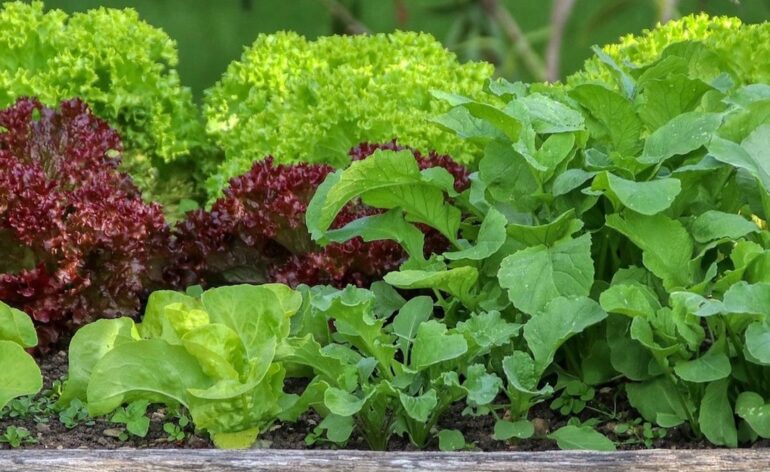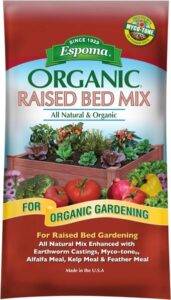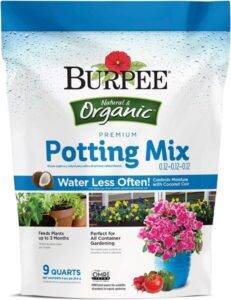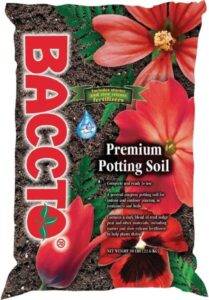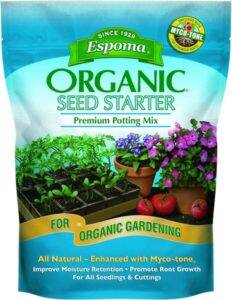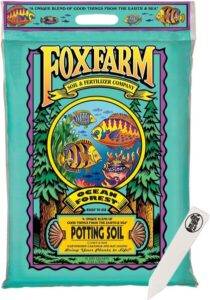6 Best Soils For Vegetable Gardens to Flourish & Grow
We independently evaluate all recommended products and services. If you click on links we provide, we may receive compensation.
If there’s one thing I’ve learnt as a gardener, it’s that the quality of soil I’m growing in makes a huge difference to my success (and the yield of my vegetable garden). I mean, I can’t claim that’s an original discovery, but it took me a while to learn it nonetheless. There have been some years when I tried to save some money on cheaper soil or just made a mistake while shopping around, and I’ve always regretted it. And, once I made the decision to invest in high-quality soil each and every year, I never looked back. That’s why I’m excited to share the very best soils for vegetable gardens that I’ve used. I know that it can make a huge difference. I hope that you can find on the list below the ideal soil for the type of vegetable garden you’re planning to plant.
Read on to find out!
Key Takeaways
I took a long look into my gardening shed, as well as my Amazon order history, when I was coming up with this list. But, I didn’t have to think for very long about my recommendation for the overall best of the best soils for vegetable gardens: Espoma Organic Raised Bed Mix. Not only is it made from excellent organic ingredients, but it also contains mycorrhiza, which is a natural fungus that helps plants establish strong root systems. I’ve also included options that offer great value for your money without compromising on quality. I know that gardeners who are looking to fill large raised garden beds or renew a big patch of soil will appreciate options like Coast of Maine Organic Tomato and Vegetable Planting Soil and Michigan Peat Baccto Premium Potting Soil.
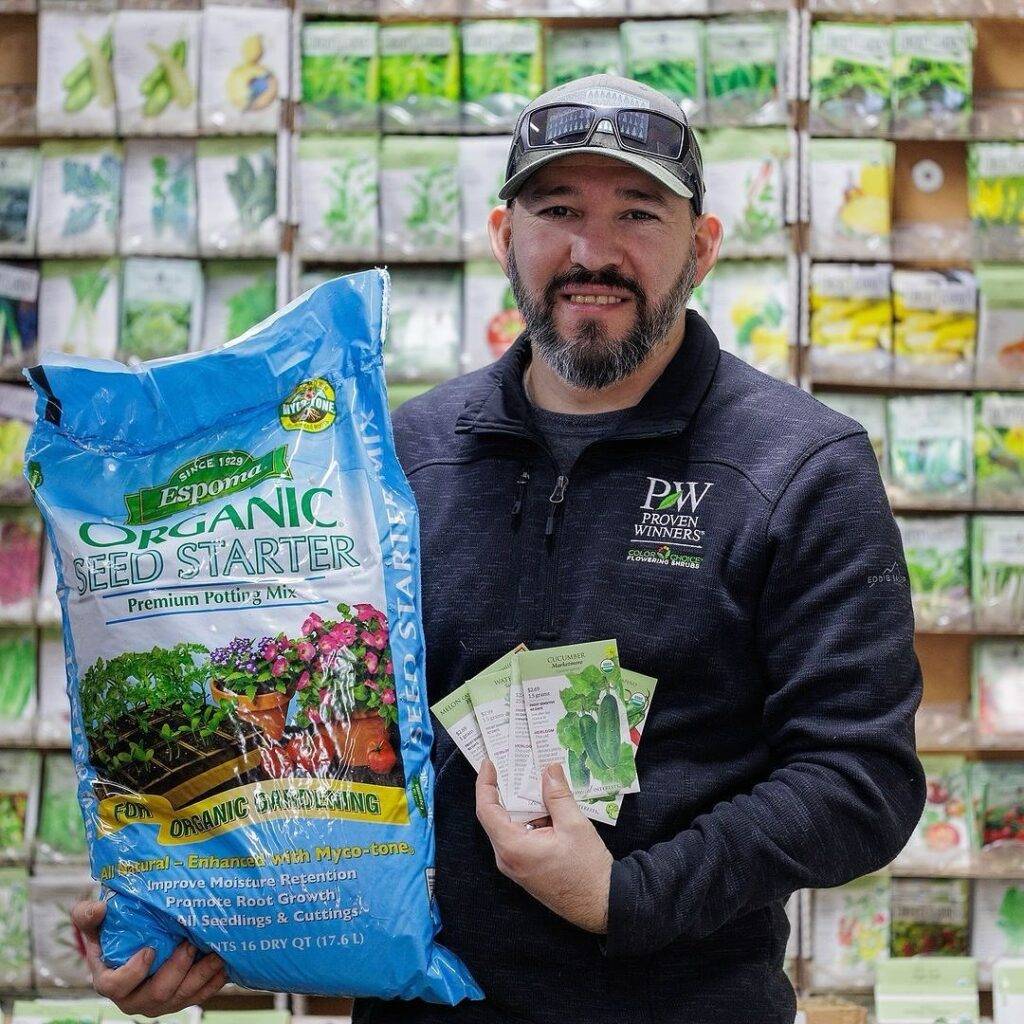
espomaorganic / Instagram
Best Overall: Espoma Organic Raised Bed Mix
Why This is a Quality Choice: Packed with high-quality ingredients from natural sources like peat moss, kelp meal, and perlite, the Espoma Organic Raised Bed Mix provides an excellent growing environment for vegetables. I particularly like the way that it encourages root growth with mycorrhiza and find that the early boost to growth pays dividends later on in the growing season. I regularly recommend this exact product to my friends and colleagues because I’ve had such great results using it.
Who is this for? As the product’s name suggests, this soil mix is great for gardeners who want to use it to fill up gardening beds. But, I’ve also had lots of success using this product to grow vegetables indoors and to renew my garden outdoors.
Flaws but not deal-breakers: The soil doesn’t contain any added plant food or fertilizer, which means you should add some during planting to have the best results.
Component ratio: 60–70% organic, 40–30% mineral | Texture: Loamy | Ingredients: Sphagnum peat moss, perlite, humus, limestone, earthworm castings, alfalfa meal, kelp meal, feather meal, yucca extract, plus mycorrhiza and bacteria | Package size: 35 lbs
Best Budget: Burpee Premium Organic Potting Natural Soil Mix
Why This is a Quality Choice: This small bag of potting soil for vegetables from Burpee is ideal for growing herbs and vegetables indoors. Its balanced 0.12-0.12-0.12 N–P–K content is great for supporting the growth of a variety of vegetables. The manufacturer also backs up their product with a 100% satisfaction guarantee, which shows how much confidence they have in their product.
Who is this for? This is a small and inexpensive bag of potting soil for vegetables that I’d recommend to those who don’t need a large bag, perhaps because they’re planning to fill only a couple of pots for indoor growing.
Flaws but not deal-breakers: This soil mix should be used only indoors, as its primary ingredient of coconut coir won’t perform well outdoors.
Component ratio: 60% organic, 40% mineral | Texture: Sandy | Ingredients: Coconut coir, bat guano, premium earthworm castings, fish bone meal, feather meal plus plant food | Package size: 5.2 lbs
Best Value: Michigan Peat Baccto Premium Potting Soil
Why This is a Quality Choice: This huge bag of Michigan Peat Baccto Premium Potting Soil offers great value to gardeners who need a large volume of soil for their gardening plans. It includes both starter and slow-release fertilizers, which means your plants will have lots of nutrients both when they’re starting to grow and down the line. That takes a lot of the work (and the guesswork) out of gardening when you’re using this soil.
Who is this for? If value and volume are among your top considerations while you’re shopping for the best soils for vegetable gardens this year, I’d recommend this fertilizer for you.
Flaws but not deal-breakers: This soil mix isn’t organic, which some gardeners will have an issue with.
Component ratio: 60% organic, 40% mineral | Texture: Sandy | Ingredients: Rich dark reed sedge peat, perlite, and sand, plus starter and slow-release fertilizers | Package size: 50 lbs
Best for Seeds: Espoma Organic Seed Starter Premium Potting Soil Mix
Why This is a Quality Choice: This is the second soil made by Espoma on the list, but this time it’s one that’s specifically formulated for getting seeds started. Like many other gardeners, I love raising plants for seeds instead of buying seedlings from a garden center. The presence of lots of root growth-promoting mycorrhiza is excellent for young plants. Also, large amounts of peat moss and peat humus promote moisture retention.
Who is this for? I included this option on the list for people who like to raise their plants from the seed stage, rather than buying seedlings.
Flaws but not deal-breakers: This isn’t a very large bag of soil, but since you’re usually going to be placing seeds in very small pots, a little goes a long way.
Component ratio: 60% organic, 40% mineral | Texture: Loamy | Ingredients: Sphagnum peat moss, peat humus, perlite, plus mycorrhiza and bacteria | Package size: 8 quarts
Best for Tomatoes: Coast of Maine Organic Tomato and Vegetable Planting Soil
Why This is a Quality Choice: I’ve included this Organic Tomato and Vegetable Planting Soil from the Coast of Maine brand for all the tomato growers out there. This high-quality organic soil contains lots of compost and natural compounds that will break down over time, making it a great option for either starting a new garden bed or refreshing soil that you’ve already grown in. Those same qualities also mean that it’s a great soil for growing tomatoes.
Who is this for? I’d recommend this soil to gardeners who are focused on growing tomatoes outdoors.
Flaws but not deal-breakers: This is one of the best soils for vegetable gardens. However, as a result of the high manure content in this soil, it can be pretty smelly. That means it’s not a great choice for indoor growing.
Component ratio: 60% organic, 40% mineral | Texture: Sandy | Ingredients: Composted manure, peat moss, lobster and crab shells, and lime | Package size: 20 lbs
Best For Indoor/Outdoor Use: FoxFarm Ocean Forest Indoor Outdoor Potting Soil Mix
Why This is a Quality Choice: The final entry on this list of the best soils for vegetable gardens is the excellent FoxFarm Ocean Forest Indoor Outdoor Potting Soil Mix. This soil can be used indoors or outdoors, since its texture provides great moisture retention without relying on coconut coir. It doesn’t contain any added fertilizers, but its natural ingredients can feed plants for up to six weeks.
Who is this for? Experienced gardeners who want a lot of control over their growing environment can really enjoy using this soil, which has a guaranteed pH level of between 6.3 and 6.8.
Flaws but not deal-breakers: This soil was created for use in raised garden beds and containers, so I wouldn’t recommend using it to renew any ground soil in your yard.
Component ratio: 60% organic, 40% mineral | Texture: Loamy | Ingredients: Earthworm castings, bat guano, fish and crab meal, forest humus, sphagnum peat moss | Package size: 20 lbs
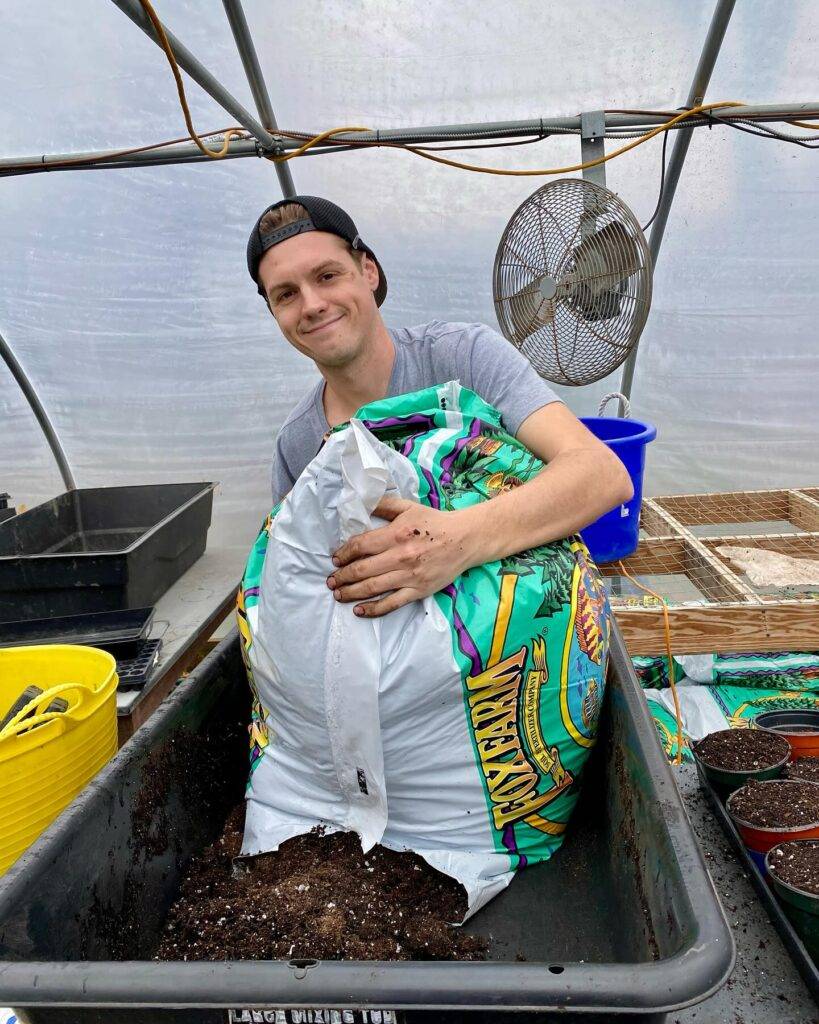
oasisbackyardfarms / Instagram
Buying Considerations for The Best Soils For Vegetable Gardens
Ingredients
The ingredients that go into the best soils for vegetable gardens are hugely important to both the quality and the sorts of results you’ll get when using them. In general, high-quality natural ingredients are preferable to synthetic ones, which is information you can get from reading the back of any bag of soil you’re considering buying.
You also want to pay attention to the ratio of minerals in the gardening soil you’re buying. However, there’s no guidance I can give you on the ideal amount of mineral content, since different types of vegetables prefer different types of soil.
Texture
Secondly, being aware of the texture of a gardening soil is crucial when you’re getting ready to plant, since it makes a difference to everything from water drainage and retention to what types of plants will flourish in the soil. In general, loamy soil that has a balanced mix of clay, sand, and silt is best for growing most types of vegetables, including tomatoes and leafy greens like lettuce and kale.
However, many types of root vegetables like potatoes and carrots benefit from growing in a more sandy environment, since the loose texture of the soil makes it easy for their root systems to grow large.
N–P–K
The nutrient levels of a bag of potting soil are the final buying consideration you should think about when purchasing soil for your garden. Some gardeners prefer to buy soil that doesn’t contain any fertilizer or plant food, since this gives them the opportunity to control nutrient levels by adding nitrogen, phosphorus, and potassium (i.e. the compounds that N–P–K stands for) at the exact levels they want. Others appreciate the convenience that comes from buying a bag of soil that’s already loaded with everything their vegetables will need to grow.
How I Choose These Products
I’ve ordered a lot of soil over the years—I couldn’t even guess how many pounds or bags that is. That’s given me a lot of time to learn about the ways that different types of soils for vegetable gardens perform in different conditions. That’s why, for each product in this list of the best soils for vegetable gardens, I outline when and how it should be used, since not all soils are equally well suited to all environments and use cases.
I also took the extra step of verifying my experiences by reading online reviews of all these products. I think that checking out what other gardeners have experienced when using different gardening soils has helped me create a list that’s free of my own biases and mistakes.
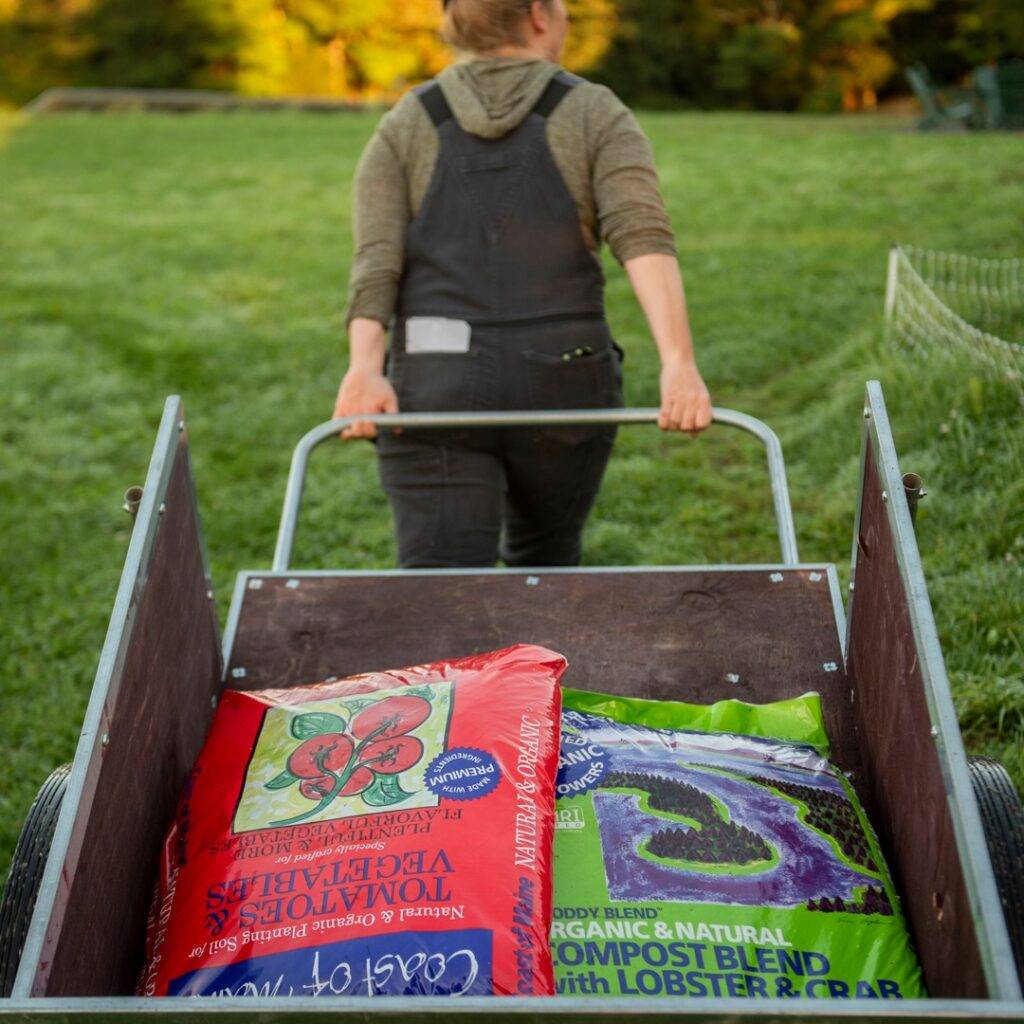
coastofmaineorganic / Instagram
Final Verdict
My top pick among the best soils for vegetable gardens was Espoma Organic Raised Bed Mix as a result of its high-quality ingredients and flexibility for use in different types of gardens. Whether you’re growing rows of tomatoes in a large raised garden bed or a few bean stalks in a grow bag, Espoma Organic Raised Bed Mix can provide the perfect environment for your vegetables. And that means more tasty vegetables when it comes time to harvest!
FAQs
What type of soil is best for vegetable garden?
In general, most vegetables will do best in loamy soil that contains high N–P–K levels to help support their growth. But, certain types of vegetables have different needs to reach their full potential. As a result, the answer to this question depends on exactly what you’re growing.
If you’re planning on using a bag of soil to refresh an already existing garden, you should conduct a soil test in order to see what you need to add to the soil. You can do that by purchasing a soil testing kit or sending a sample to one of these labs.
Is regular potting soil OK for vegetables?
Although you can plant vegetables in regular potting soil, there are a few reasons that this might not be ideal for planting vegetables. Many regular potting soils won’t contain the nutrients that vegetables need to grow and they generally aren’t able to retain enough moisture for thirsty plants like lettuce or tomatoes.
In addition, potting soil is usually sold in smaller quantities that won’t be enough to fill most raised garden beds or renew large patches of soil. Of course, if you’re planning to grow vegetables indoors in pots or grow bags, there are great potting soils for vegetables (here’s a list of several of the best).

